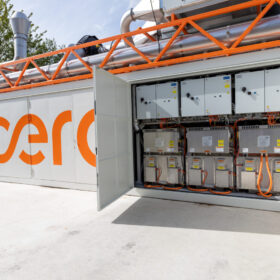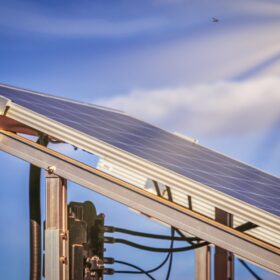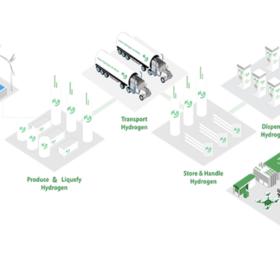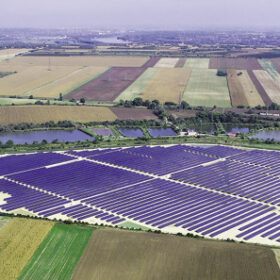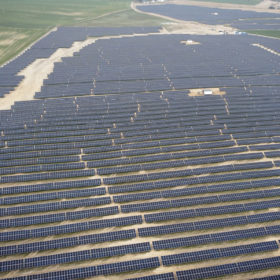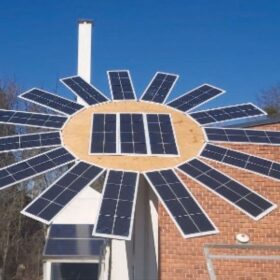The Hydrogen Stream: Ceres secures license agreement for SOEC stack production
As electrolysis is gaining traction in the markets, European and US companies announce new hydrogen projects in the heavy mobility sector. Meanwhile, UK-based solid oxide electrolysis cell (SOEC) tech developer Ceres Power signed a global long-term agreement with Delta Electronics.
Optimal tilt angle for agrivoltaic projects in Mediterranean region
Scientists in Turkey determined the optimal tilt angle for agrivoltaic projects associated with different crops in the central Mediterranean region, and other regions with similar latitude and climatic conditions.
The Hydrogen Stream: Plug Power commissions 1 MW PEM electrolyzer
A number of hydrogen projects are moving forward in the United States, Germany and Denmark. In other developments, the German state of Saxony is teaming up with other partners, including the Czech Republic, to set up a hydrogen network in Eastern Europe.
Albania launches 300 MW solar auction
The Albanian authorities aim to allocate 300 MW of solar capacity through a new procurement exercise, with projects ranging from 10 MW to 100 MW.
Czechia records 970 MW of new solar in 2023
Czechia registered strong PV capacity growth in 2023, driven by a surge in residential installations. The nation’s PV association says it expects a shift toward larger power plants in the coming year, but notes the need for more energy storage capacity.
Hungary’s 2023 solar capacity additions hit 1.6 GW
Hungary had a record year for new solar in 2023, taking its total capacity to more than 5.6 GW. However, analysts warn that government policies are restricting foreign investment, while grid capacity shortfalls could stunt the country’s rapid rise.
Greenvolt secures 1.2 GW in Polish auction
Greenvolt Power, a Portuguese independent power producer, says it was awarded 1.2 GW of capacity for six battery energy storage systems (BESS) in a recent renewable energy auction in Poland, claiming it was the “top winner.”
Utility scale solar farms contribute to bird diversity
New research has shown that solar parks can play a positive role in promoting bird diversity in the agricultural landscape of Central Europe. The scientists said solar farms offer food availability and nesting sites.
New solar tree design offers improved module cooling, lower shading losses
Researchers in Hungary have proposed to build photovoltaic trees with a significant distance between the solar panels. The proposed sunflower-shaped design reportedly reduces shading losses between the panels while improving cooling and heat dissipation.
Slovakia’s solar additions hit 220 MW in 2023
The Slovak solar market showed encouraging signs of growth last year, according to provisional figures from the Slovak Association of the Photovoltaic Industry. It says the country could add 300 MW of new PV capacity in 2024.
